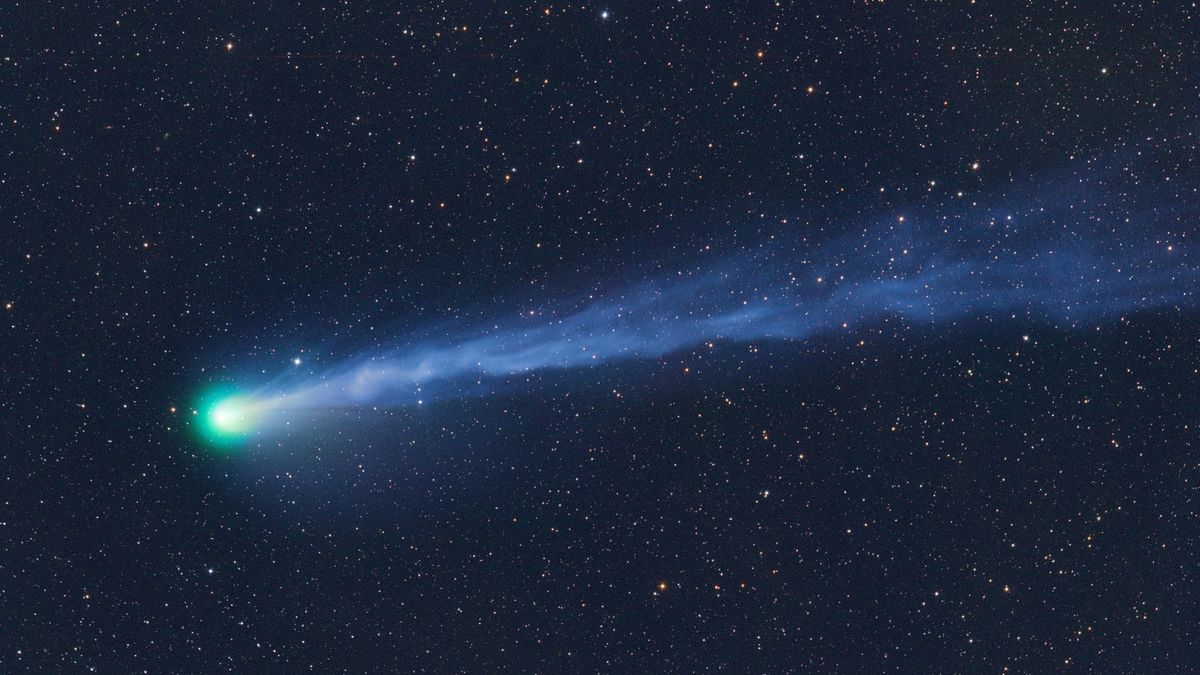On April 21, Comet 12P/Pons-Brooks will reach its closest point to the sun, known as perihelion. This comet is about 10.5 miles wide and will be around 144 million miles away from the sun, making it significantly brighter and easier to see in the western sky just after sunset. However, its magnitude of 5.9 may not make it visible to the naked eye, so a telescope, camera or stargazing binoculars are recommended for viewing.
Despite being closest to the sun on April 21st, the comet is still quite distant from Earth and can only be seen with the help of binoculars or a telescope. Comets are typically easiest to see when they are closest to Earth, which will happen in June. However, by then Comet 12P/Pons-Brooks will only be visible from the Southern Hemisphere. Recent observations show that the comet no longer has horns that made it possible for it to grow larger and earn its nickname “devil comet”. It’s possible that these horns fell off due to ice loss in its core


